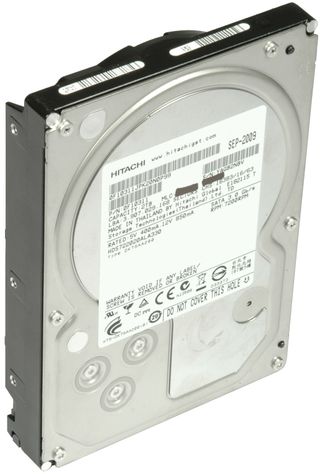Do You Need A New Hard Drive With Your Windows 7 Upgrade?
Conclusion

This little experiment certainly is a bit unorthodox, as it looks at exemplifying the benefits of replacing an old high-capacity hard drive by a modern model in light of drastically lower $/GB figures and a potential upgrade to Windows 7.
From a hard drive performance standpoint, the new 7K2000 Deskstar is naturally superior to its predecessor, offering twice the throughput, greatly improved I/O performance, and faster application benchmark results. At the same time, power consumption dropped by up to 15%, allowing the 7K2000 to deliver significantly optimized power efficiency, expressed in performance per watt. It even runs a bit cooler. We will follow up with a detailed roundup on all 2TB hard drives soon, as well.
From a system standpoint, the new drive doesn’t alter power consumption very much; we’re talking about differences of a few watts. However, the 7K2000 manages to clearly reduce the time required to boot and also accelerates hibernation and shutdown times. The faster Deskstar 7K2000 dominates the performance comparison on our three year old Core 2 Duo system. While it brings significant advantages to PCMark Vantage, it shows only small benefits on SYSmark 2007. Still, benefits are there, and an investment into a large hard drive can be considered more long-term than some other components, even if the performance impact might be less.
Not least of all, there’s the Windows 7 upgrade you may be considering. Be advised that Windows 7 runs better than Vista but not necessarily smoother than Windows XP. Our SYSmark 2007 testing reveals that Windows 7 delivers lower overall performance than the same machine running Windows XP. In this light, it would make a lot of sense to provide some more storage horsepower for a new system, especially given affordable hard drive costs and attractive capacities.
Stay on the Cutting Edge
Join the experts who read Tom's Hardware for the inside track on enthusiast PC tech news — and have for over 25 years. We'll send breaking news and in-depth reviews of CPUs, GPUs, AI, maker hardware and more straight to your inbox.
Current page: Conclusion
Prev Page System Results: Boot, Shutdown, Hibernate, ReturnMost Popular

